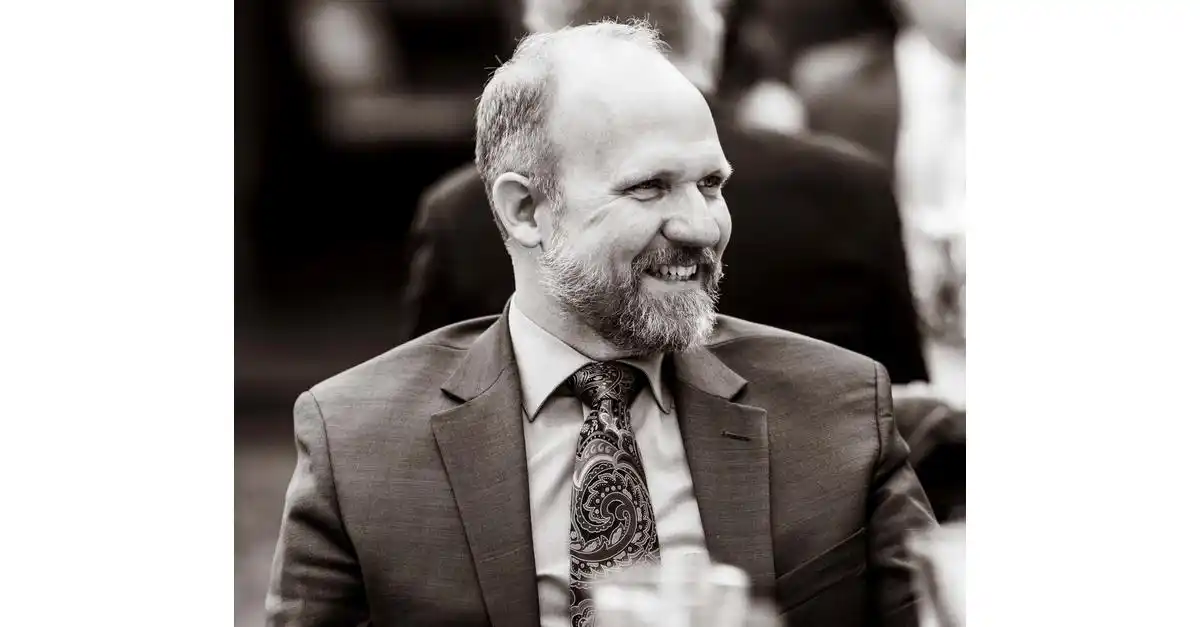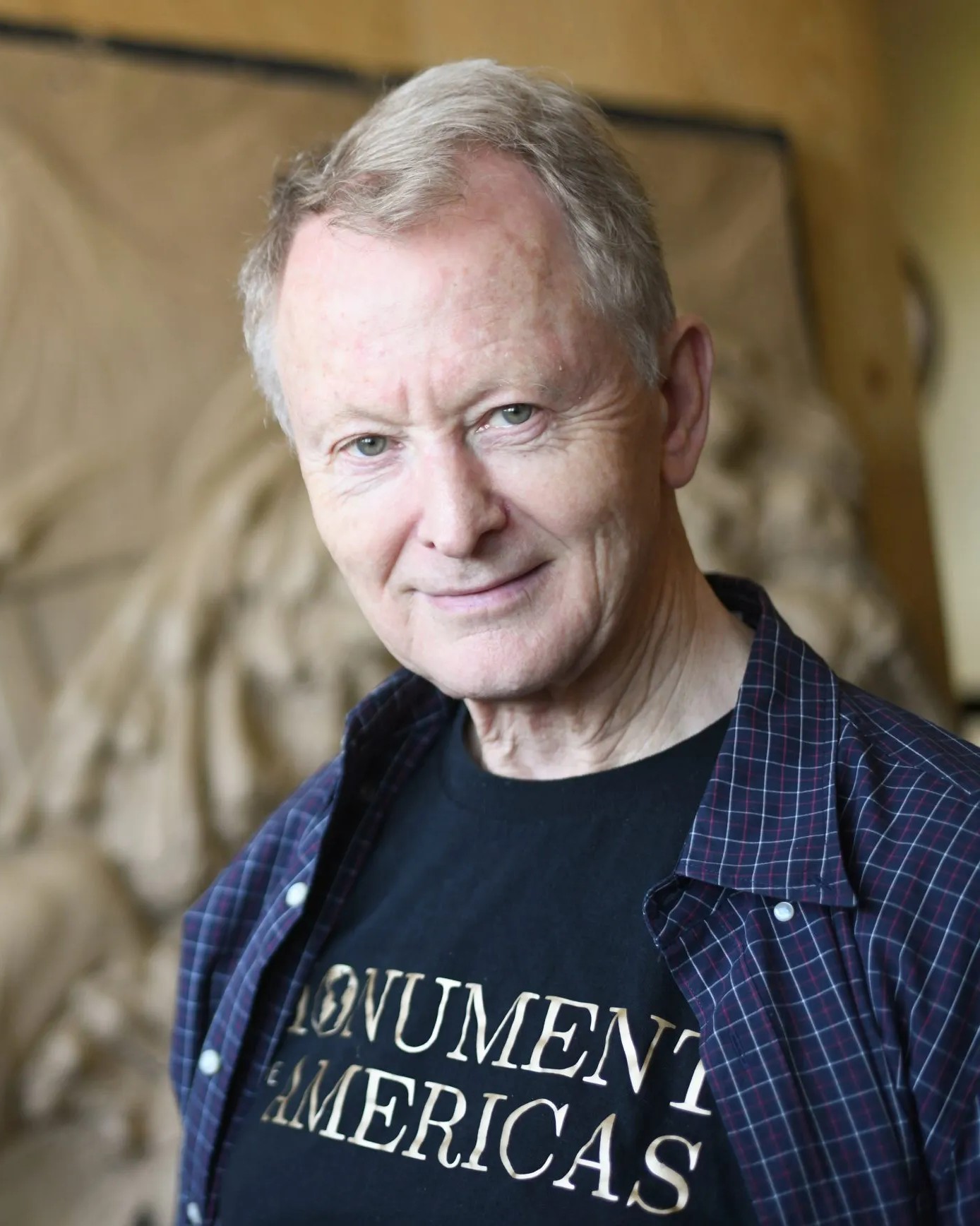Faith Through the Unthinkable: How Loss Can Become the Foundation for Unshakeable Belief

When tragedy strikes, faith is often the first casualty. Yet for some, the deepest wounds become the very foundation for their strongest beliefs. Jenedy Paige, known as "The Art Ninja," embodies this paradox in ways that challenge everything we think we know about faith, loss, and divine purpose.
Jenedy brings unique credibility to discussions of faith through adversity. As a professional oil painter whose sacred artwork adorns the walls of LDS temples, she has spent years translating spiritual experiences into visual testimonies. Simultaneously, as a five-time American Ninja Warrior competitor who began her athletic journey at 34 with no prior sports background, she shows how divine promptings can lead us into entirely unexpected territories. Most significantly, as a mother who lost her three-year-old son Victory to drowning, she speaks directly about grief that most of us can only imagine.
Her story reveals a truth: that our greatest trials can become our most solid testimonies. Through her journey moving through devastating loss to sacred art creation, and then to obstacle-conquering athlete, Jenedy shows how God can transform our deepest pain into unexpected purpose. Her experience challenges us to reconsider what it means to believe, to trust, and to find divine presence even in our darkest moments.
When Relationships with God Get Real
The sanitized version of faith suggests that good people who live righteously will be protected from life's worst tragedies. Jenedy's experience shattered this naive understanding, forcing her into what she describes as the most authentic relationship with God she'd ever had. When her son died despite every precaution, every prayer, and every attempt to keep him safe, she found herself at a crossroads that every person of faith eventually faces: do you walk away when He disappoints you, or do you show up to the relationship with complete honesty?
Her choice was both unusual and instructive. Rather than pretending to feel peace she didn't possess, she chose a third option: showing up to God completely mad. This wasn't the polite, reverent anger of theological questioning, but the fury of a mother whose heart had been shattered. She told God exactly how she felt, acknowledging His presence while simultaneously expressing her devastation at His choices. This direct confrontation became the foundation for a deeper relationship than she'd ever imagined possible.
The beauty of this approach lies in its authenticity. Real relationships, human and divine, require honesty to flourish. Jenedy discovered that God could handle her anger, her questions, and her accusations better than He could use her polite pretence. By showing up authentically broken rather than walking away, she created space for genuine healing and growth. Her experience suggests that the strongest faith often emerges not through the absence of doubt; rather, through wrestling with doubt honestly in God's presence.
Divine Preparation Through Seemingly Cruel Experiences
One of the most challenging aspects of Jenedy's story involves recognizing God's hand in preparing her for unthinkable loss. Years before her son's death, during her struggle to conceive her first child, she experienced what seemed like an additional cruelty: the loss of a beloved kitten to a fatal feline disease. At the time, losing this small companion while desperately wanting to become a mother felt like divine mockery.
Only in hindsight could she recognize the mercy embedded in what appeared to be meanness. God had given her an experience with loss on a smaller, more manageable scale, allowing her to process grief and develop emotional muscles she would desperately need years later. The kitten's death taught her about loving something completely, losing it suddenly, and finding ways to continue living on. These lessons, learned in a smaller context, unknowingly, and unwillingly, prepared her for the unimaginable task of burying her firstborn son.
This perspective doesn't minimize the reality of pain or suggest that God orchestrates tragedy for our benefit. Instead, it reveals how a loving God can take the inevitable heartaches of mortality and use them as preparation for even greater challenges. Jenedy's experience shows that what we perceive as random cruelty might actually be divine preparation, equipping us with strength and wisdom we don't yet know we'll need. The recognition of this pattern became a source of comfort and evidence of divine involvement in her life's journey.
Sacred Art as Spiritual Processing and Divine Revelation
Jenedy's artistic journey following her son's death reveals how creative expression can become a form of spiritual dialogue and divine education. Her paintings of Christ's nativity weren't merely artistic exercises but became vehicles for receiving spiritual insights. Through painstaking research into first-century customs, she learned details about swaddling clothes, limestone mangers, and ancient marriage traditions that transformed her understanding of Christ's birth and mission.
The most significant moment came while she was painting what she thought was simply a historically accurate nativity scene. As she depicted the infant Jesus wrapped in embroidered linen and placed in a stone manger, God posed a question that changed everything: when else in Christ's life would He be wrapped in white linen and placed on stone? The realization hit her with devastating clarity. The connection between Christ's birth and burial, between the manger and the tomb, revealed that God's son was marked for sacrifice at His very first breath.
This revelation carried special weight for a mother who had buried her own firstborn son. Jenedy suddenly understood God's perspective in a way that brought both 0comfort and deeper grief. She recognized that God knew what it meant to have a son on an altar, to watch helplessly as a beloved child suffered, to experience the particular agony of parental loss. Her personal tragedy became a lens through which she could glimpse the divine heart, creating sacred art that resonated with others who had experienced similar losses. The paintings became more than artwork. They became testimonies of shared suffering between human and divine parents.
Athletic Achievement Through Spiritual Prompting
Perhaps the most surprising chapter of Jenedy's story involves her transformation into an American Ninja Warrior competitor. With no athletic background and no apparent connection to obstacle course racing, she began receiving persistent spiritual promptings to apply for the television show. The prompting seemed so absurd that she initially dismissed it, but its persistence eventually compelled her to pray specifically about this unlikely direction.
The confirmation came not through peaceful feelings but through undeniable spiritual communication. Her journey spanning eleven feet between obstacles reveals how God can use our willingness to follow seemingly irrational directions. Her ninja training became a physical manifestation of faith, requiring her to believe she could reach goals that seemed impossible, to trust in abilities she couldn't yet see, and to push beyond limitations that appeared absolute.
The spiritual dimensions of her athletic journey culminated in moments of divine connection during competition. She describes feeling her deceased son's presence at the starting line, encouraging her with the words "Let's do this, mom." These experiences transformed ninja warrior into spiritual communion, proving that our loved ones remain connected to our earthly journeys in ways we might not expect. Her athletic achievements became evidence not just of physical capability, but of spiritual support beyond the veil.
The Evidence-Based Nature of True Faith
Jenedy's approach to belief differs markedly from blind faith. Her conviction rests on what she describes as evidence: decades of documented spiritual experiences, answered prayers, and divine interventions recorded in journals she's kept since age ten. This methodical approach to faith creates a foundation that can withstand even the most devastating challenges.
Her evidence includes:
Documented spiritual promptings that led to unexpected opportunities - art education to ninja warrior competition
Divine revelations received during creative work - insights about Christ's life that came through painting
Miraculous timing and connections - meeting mentors at precisely the right moments
Spiritual comfort during times of deepest despair - feeling God's presence during her son's hospitalization
Continued connection with deceased loved ones - experiencing her son's presence during significant moments
This accumulated evidence creates what she describes as knowledge rather than mere belief. Her faith isn't based on hope that God exists, but on documented proof of His involvement in her life. The journals serve as a record of divine interaction, providing concrete evidence during moments when feelings might waver. This approach suggests that genuine faith can be built on experience rather than assumption, on documented divine intervention rather than cultural tradition.
The strength of evidence-based faith becomes apparent during life's most challenging moments. When tragedy strikes and emotions overwhelm rational thought, having a written record of God's previous faithfulness provides stability that purely emotional faith cannot offer. Jenedy's experience shows that the most unshakeable faith often comes through the most systematic approach to recognizing and recording divine influence in our daily lives.
Your Own Evidence Collection
Jennity Paige's journey through devastating loss to unshakeable faith offers more than inspiration. It provides a roadmap for building belief that can withstand life's worst storms. Her story challenges us to examine our own approach to faith, loss, and divine relationship.
The evidence of God's hand in her life didn't come through dramatic visions but through consistent attention to spiritual promptings, documented answers to prayers, and willingness to see divine preparation in life's challenges. Her experience suggests that each of us has access to similar evidence if we're willing to look for it, record it, and trust it.
Consider beginning your own evidence collection today. Start documenting spiritual promptings, recording answered prayers, and noting moments of unexpected peace or clarity. Pay attention to how God might be preparing you through current challenges for future growth. Most importantly, choose honesty in your relationship with the divine by bringing your real emotions, questions, and struggles into your spiritual dialogue.
Your trials may not look like Jenedy's, and your evidence may take different forms, but the invitation remains the same: to build faith on documented divine interaction rather than wishful thinking. In doing so, you may discover that your deepest pain can become your strongest testimony, and your greatest losses can reveal God's most substantial love.
Related Blog
Related Blog
Subscribe to our newsletter and receive new episodes sent straight to your inbox.







Comments